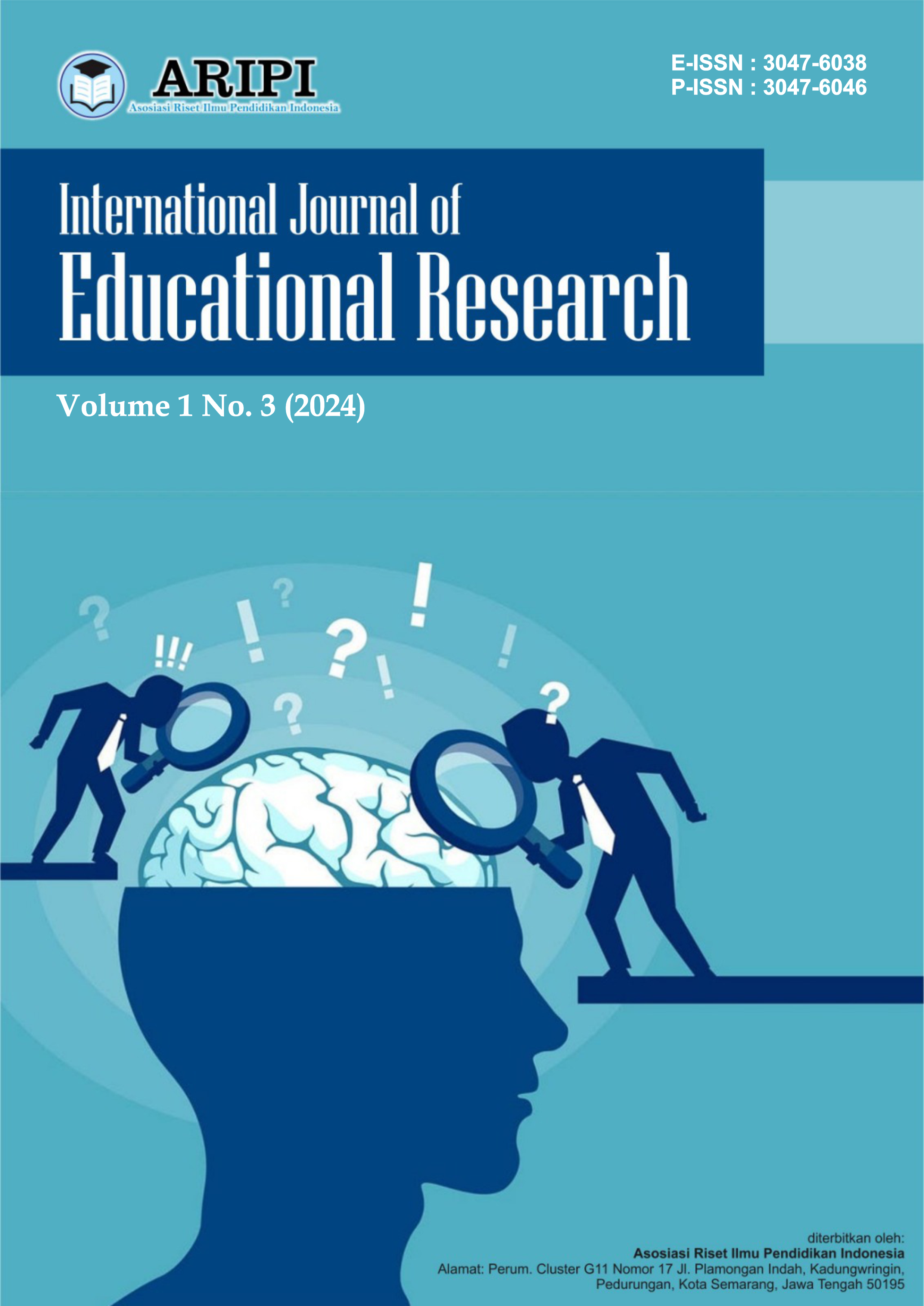The Impact of Using AI in Learning on Understanding of Material by Young Students
DOI:
https://doi.org/10.62951/ijer.v1i3.43Keywords:
Artificial Intelligence, AI-Based Learning, Material Understanding, Teenage Students, Higher EducationAbstract
This study aims to examine the impact of the use of artificial intelligence (AI) technology in learning on the understanding of material by young students. In today's digital era, AI is increasingly being adopted in educational environments, with the potential to personalize learning, increase student engagement, and accelerate the process of understanding material. This research method uses a quantitative approach with a quasi-experimental design. A total of 120 students from various study programs at a university in Indonesia became research respondents, who were divided into two groups: a group that used an AI-based learning platform and a group that used conventional learning methods. Data collection was carried out through pre-tests and post-tests to measure the level of understanding of the material, as well as surveys to evaluate the learning experience. The results of the study showed that the group of students who used AI technology in learning had a more significant increase in understanding the material compared to the control group. In addition, students who used AI reported a more interactive and motivating learning experience. However, this study also found challenges, such as excessive dependence on technology and disparities in access to adequate technological devices. Based on these findings, the study recommends the integration of AI into the education curriculum in a balanced manner, considering technical and pedagogical factors to maximize the potential of AI-based learning.
References
Indonesian Ministry of Health. (2018). Riset Kesehatan Dasar (Riskesdas) 2018. Jakarta: Badan Penelitian dan Pengembangan Kesehatan, Kementerian Kesehatan Republik Indonesia.
Yasuda, S., Zhang, L., Huang, S. M. (2008). The Role of Ethnicity in Variability in Response to Drugs: Focus on Clinical Pharmacology Studies. Clinical Pharmacology & Therapeutics, 84(3), 417-423.
Lee, Y. M., Ryu, J. M., Kim, J. H., & Park, H. K. (2015). Genetic variants in CYP2C19 and their clinical relevance in drug response among Asians. Pharmacogenomics, 16(4), 393-405.
Ingelman-Sundberg, M., Sim, S. C., Gomez, A., & Rodriguez-Antona, C. (2007). Influence of cytochrome P450 polymorphisms on drug therapies: pharmacogenetic, pharmacoepigenetic and clinical aspects. Pharmacology & Therapeutics, 116(3), 496-526.
Kurniati, R., Purwanto, D. J., & Setiawan, D. A. (2019). Genetic variation of CYP2C9 and CYP2C19 among Indonesian ethnicities and its clinical implication on drug metabolism. Journal of Clinical Pharmacology, 59(5), 697-705.
Klein, T. E., Altman, R. B., Eriksson, N., Gage, B. F., Kimmel, S. E., Lee, M. T., Limdi, N. A., Page, D., Roden, D. M., Wagner, M. J., & Caldwell, M. D. (2009). Estimation of the warfarin dose with clinical and pharmacogenetic data. The New England Journal of Medicine, 360(8), 753-764.
Yamamoto, K., Komuro, S., & Sakuraba, H. (2001). Variability of pharmacokinetics and pharmacodynamics among Asian populations: the implications of pharmacogenetics. British Journal of Clinical Pharmacology, 52(4), 429-432.
Johnson, J. A., & Cavallari, L. H. (2015). Warfarin pharmacogenetics: update and future directions. Pharmacotherapy, 35(12), 1162-1174.
Zhou, S. F., Di, Y. M., Chan, E., Du, Y. M., Chow, V. D., Xue, C. C., Lai, X., Duan, W., & Li, C. G. (2008). Clinical pharmacogenetics and potential application in personalized medicine. Current Drug Metabolism, 9(8), 738-784.
Downloads
Published
How to Cite
Issue
Section
License
Copyright (c) 2024 International Journal of Educational Research

This work is licensed under a Creative Commons Attribution-ShareAlike 4.0 International License.




